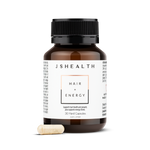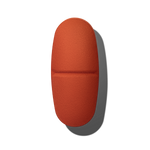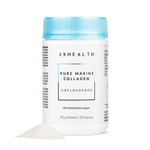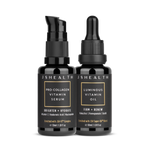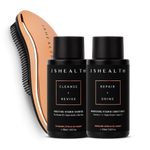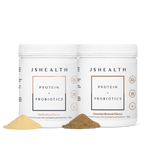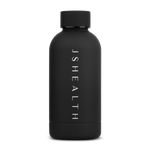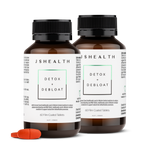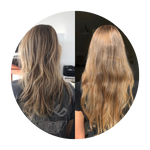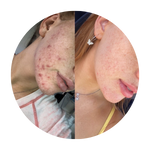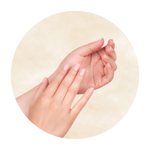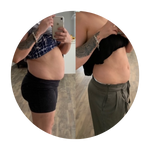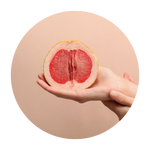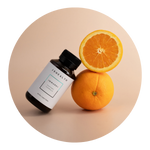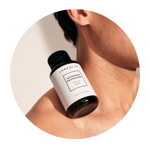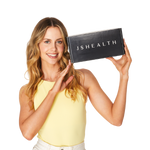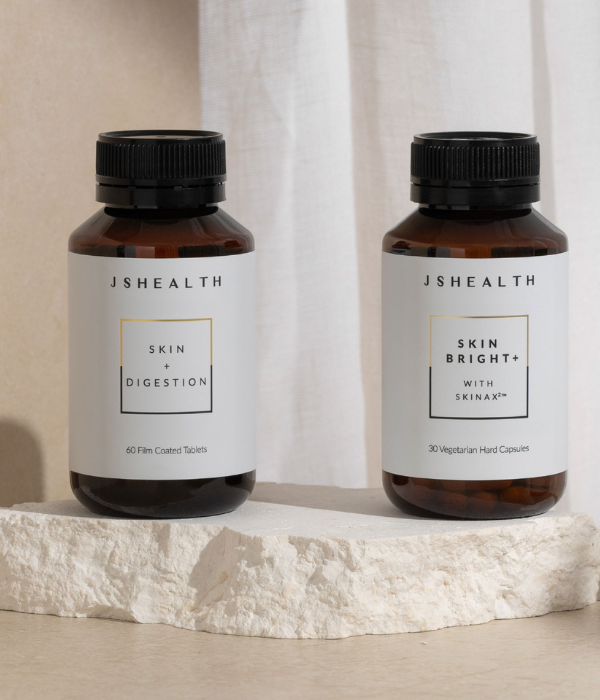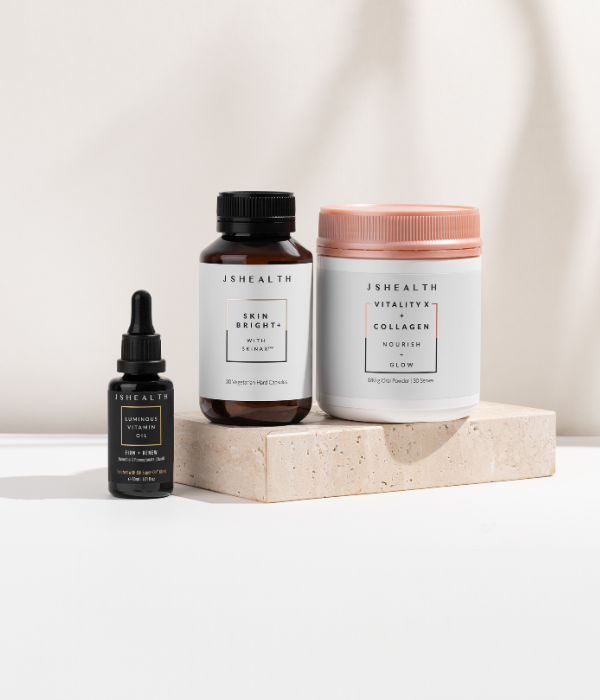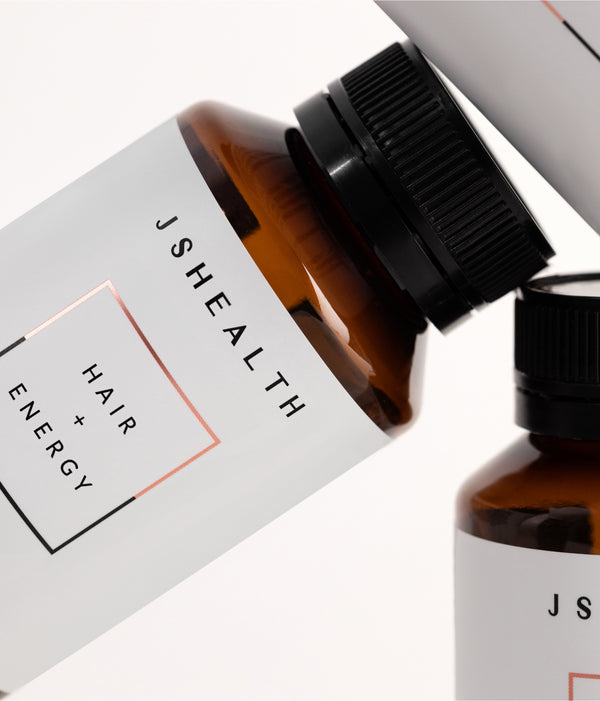The Lowdown on Hormonal Acne
When that time of the month rolls around, it's not just cramps and chocolate cravings that can make an appearance. Hormonal acne, though unwelcome, often joins the menstrual party… on our skin.
Let's look into the science behind these monthly skin surprises: what, why and who is more likely to experience hormonal acne, along with gentle and effective strategies to support a balanced, glowing complexion – no matter what challenges your hormones may bring.
What is hormonal acne?
Hormonal acne, also known as cyclical acne, is usually seen in the form of red bumps or whiteheads and can appear on your face, chest and back. It often flares up during ovulation or at the start of the menstruation cycle, when hormone levels naturally fluctuate. This type of acne is related to a hormonal imbalance caused by a surge in androgens (male hormones) such as testosterone, which leads to an increase of oil production in the skin.
As a woman, it's important to understand the potential connection between your hormones and acne. One telltale sign is if you notice breakouts along your jawline. This could be an indication of hormonal imbalance, specifically an excess of testosterone, which often results in blemishes on the lower half of the face. By recognising these patterns, you can gain insight into the root cause of your acne and take steps towards restoring balance and nourishing your skin from within.
Who gets hormonal acne and what causes it?
While most common in teens and people in their 20s, anyone can experience hormonal acne at any age. If you've had a history of cystic or nodular acne, you may be more likely to develop it when your hormones fluctuate. Women experience this type of acne more than men because of their increased levels of oestrogen and progesterone, leading to higher levels of sensitivity to androgens. During puberty or during pregnancy, the production of hormones also changes, increasing the likelihood of developing hormonal acne.
Other factors that may contribute to an increase in androgen hormones are:
- Stress - this boosts the production of androgens, resulting in increased oil production and inflammation.
- Genetics - you may be more prone to hormonal acne if your parents experienced it.
Ways to support hormonal acne
At the core, it all comes down to maintaining a balanced hormonal environment in your body. Our hormones are the invisible regulators that work to maintain balance in our bodies, influencing everything from our moods to our metabolism and skin.
- Feed your hormones: Nourish your body with healthy, wholesome foods. Choose nutrient-dense greens such as broccoli, cauliflower and kale (which also aid in oestrogen clearance!). Include nourishing fats in each meal – these are essential for hormone production. Think: oily fish, extra virgin olive oil, nuts, seeds and avocado.
- Support your gut health: Heard of the gut/skin connection? An imbalanced gut microbiome can contribute to skin issues, so it's important to nourish yours with probiotics and prebiotic-rich foods, as well as fibre-rich foods. Taking steps to support your liver and detoxification pathways is key to hormonal balance.
- Move your body: Regular movement helps to reduce stress levels and release endorphins, which helps balance hormones naturally. Aim for 20-30 minutes of the type of movement you enjoy per day, such as walking, swimming or yoga.
- Take time to slow down: Be kind to yourself and avoid the ‘hustle’ mentality. It’s important to give yourself time to relax each day and practice activities that bring you joy. Chronic stress can elevate cortisol levels, contributing to hormonal acne and may adversely impact our hormonal health.
- Sleep is sacred, prioritise it: When it comes to happy hormones, enough shut eye is a non-negotiable. Adequate quality sleep supports the production of sex hormones in women such as progesterone and oestrogen, and testosterone in men, crucial for overall wellbeing.
- Consider supplementation and natural remedies: Nature is ripe with remedies that can support your journey to clearer and healthier skin! Green tea is rich in antioxidants, and some studies suggest it may help to reduce skin sebum production*. Omega-3 fatty acids, found in fish and flaxseeds, can also help to support overall skin health and manage inflammation associated with acne, along with zinc for general skin health. Spices like turmeric and ginger possess anti-inflammatory properties, which may help to soothe inflamed skin and reduce the likelihood of breakouts.
Remember that while these lifestyle practices may help, every one of us is unique! What works for one person might not have the same effect on another. Be kind and patient as you listen to your body, and seek professional advice before starting any new regimen.
Working towards a balanced lifestyle that includes a wholesome diet, regular exercise, good sleep hygiene and stress management can have a profound effect on your hormone balance and can help in managing hormonal acne.
References:
- Saric, S., Notay, M. and Sivamani, R. (2016). Green Tea and Other Tea Polyphenols: Effects on Sebum Production and Acne Vulgaris. Antioxidants, 6(1), p.2. doi:https://doi.org/10.3390/antiox6010002.
